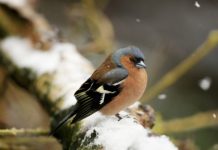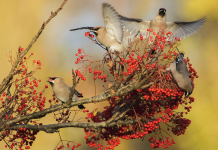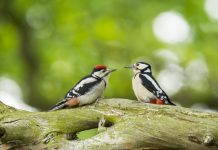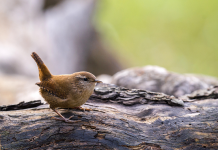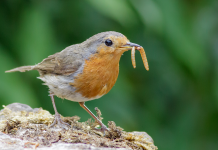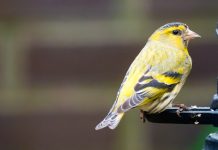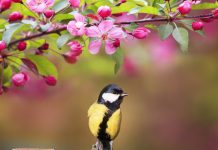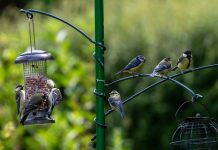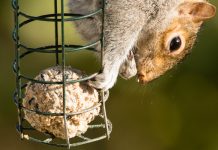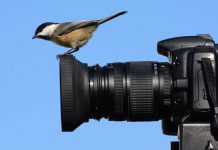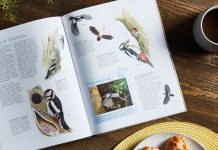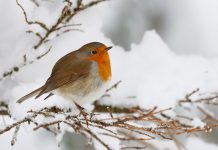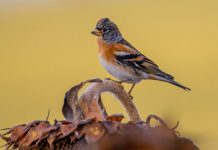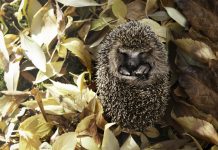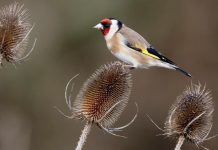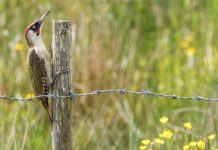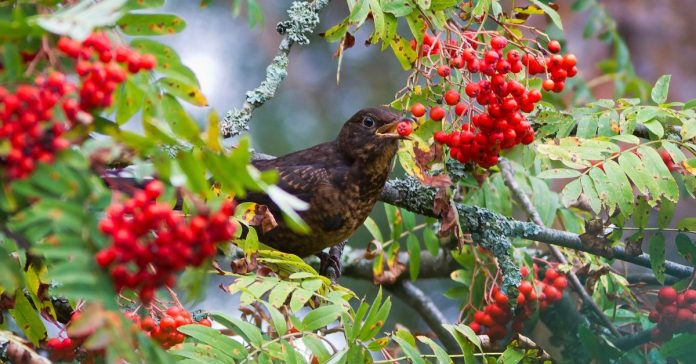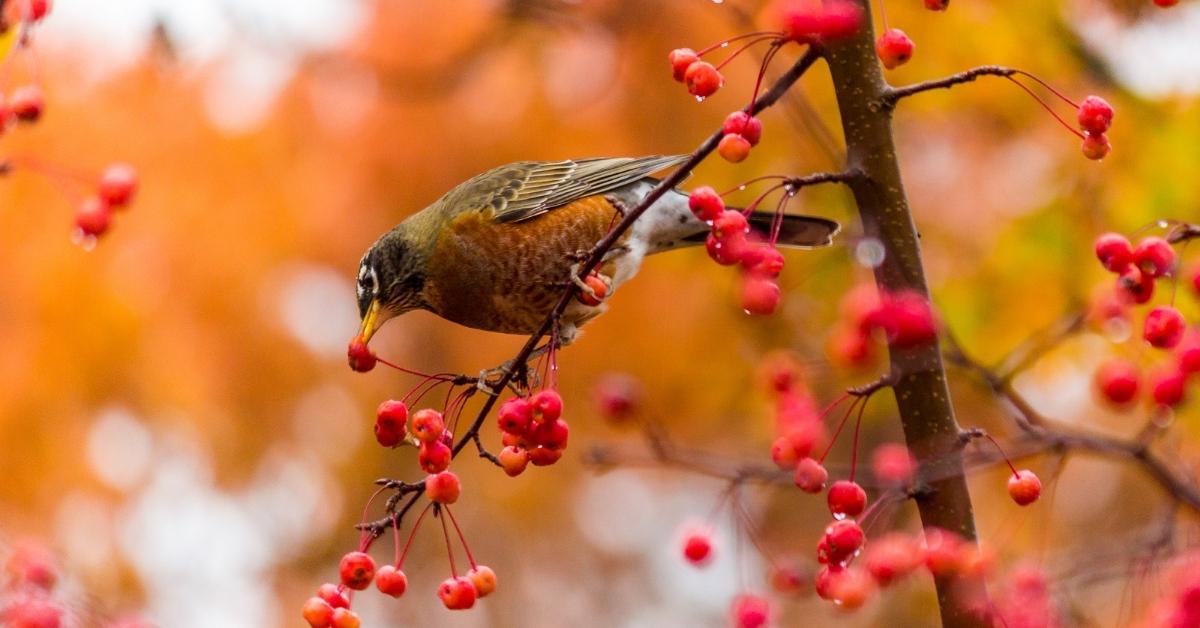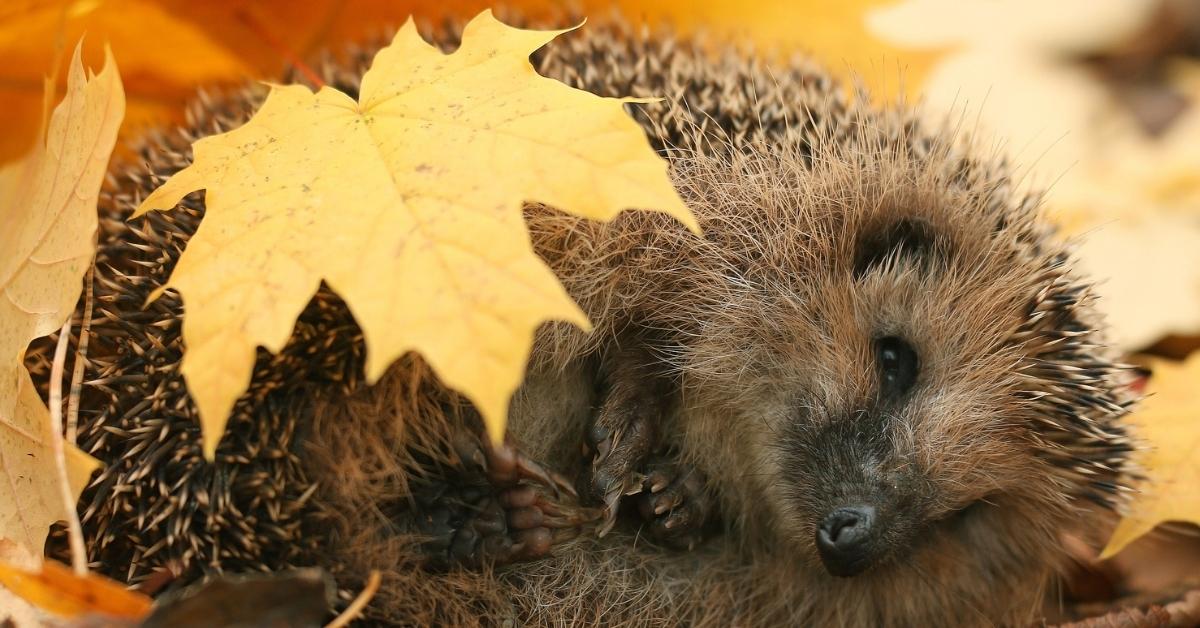“Fallen leaves lying on the grass in the November sun
bring more happiness than the daffodils.”
– Cyril Connolly
Now we are well into the autumn, it’s the perfect time for spotting our winter visitors. Many birds start to migrate to the UK throughout the autumn in search of more accessible food and to take advantage of the milder winter than in their native countries – particularly continental Europe and Scandinavia. Meanwhile, there’s still plenty to do in the garden at this time of year to help our feathered friends and other forms of wildlife, whilst preparing the garden to look its best next year.
Delve into Your Happy Beaks Garden to discover birds to spot next month and what you should be doing in your garden in November!
Garden Birds to Spot in November
Autumn is a great time for birdwatchers. Several bird species migrate to the UK in time for winter or pass through on their way to warmer climates.
Fieldfare
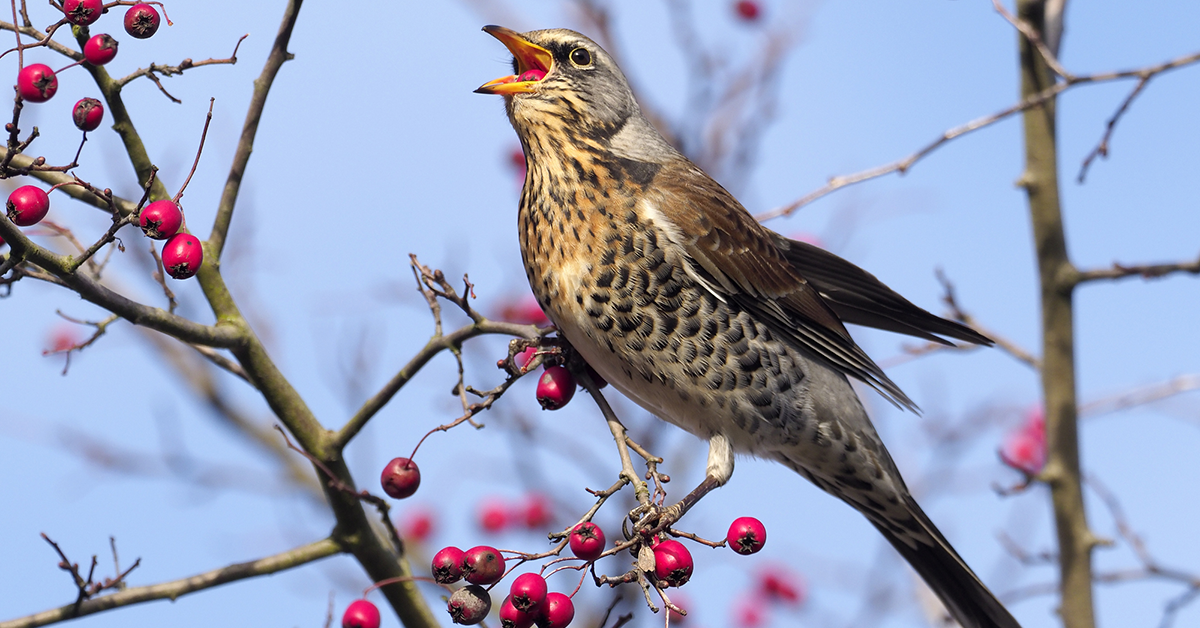
A favourite winter visitor to the UK, the fieldfare can be spotted around the British countryside from October onwards. These large colourful thrushes are recognizable from their blue-grey head and rump, rusty-brown back, speckled brown breast, and black tail.
Gregarious birds, the fieldfare can be found in large flocks, foraging for food in open fields and parks. They are also frequent visitors at bird tables if natural food sources are scarce; their favourite foods are insects, worms, and berries, but they will peck away at any fruit you’ve got laid on your bird table, or any seed mix you’ve got on offer.
Redwing
Another bird from the thrush family to keep an eye out for this autumn is the redwing. Often mistaken for its cousin above, the fieldfare, the redwing can be identified from its speckled breast, red flanks, brown back, and white eye stripe.
These fascinating birds love to snack on berries and will strip a tree bare before moving on in search of more food. They may also frequent gardens and bird feeders during the winter if natural food sources are scarce and snow covers the ground – keep an eye out, and you might see one pottering around in your flower beds!
Brambling
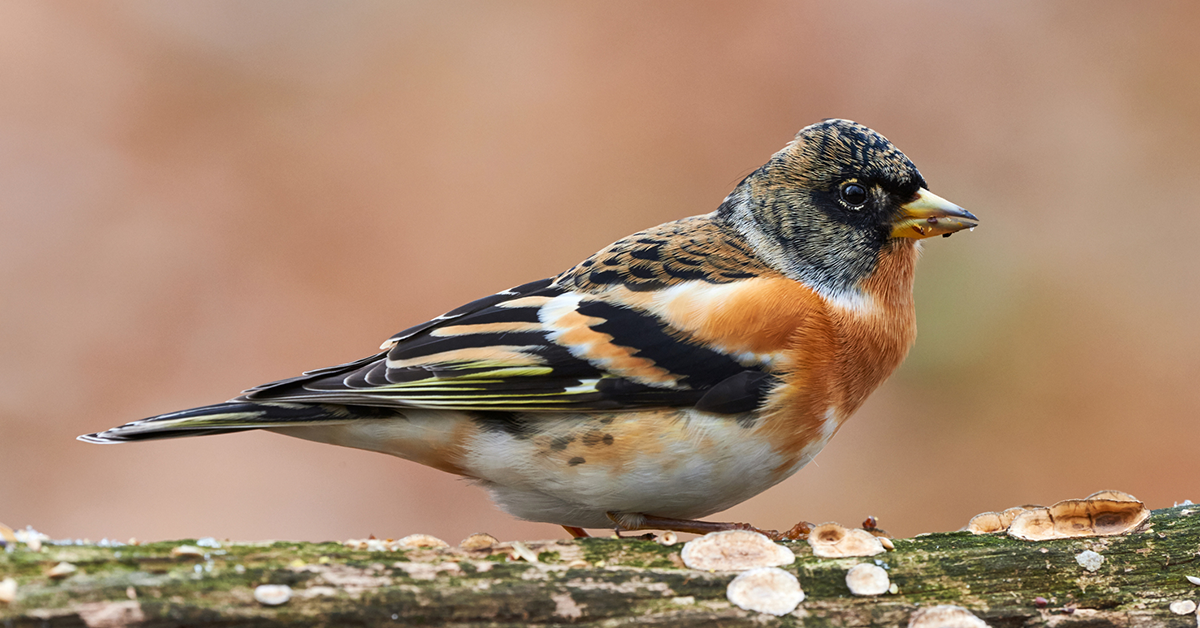
A cousin to the chaffinch, the brambling is a very sociable bird during the autumn and winter months once it has migrated to British shores. Bramblings are recognisable by their bright orange plumage, mottled head and back (which is usually black in the summer), white rump and belly, and red legs.
They are particularly fond of beech woodland and can be seen foraging in flocks numbering thousands. They will often gather with other finches; during autumn, you’re likely to spot them along east coast woodlands and fields. Bramblings tend to visit gardens during the colder winter weather when natural food sources are scarce; being ground feeding birds, they’ll flit about under feeders and bird tables eating the seeds that other birds have dropped.
For more birds to spot this autumn, head to our Guide to Autumn Birds.
Gardening in November
The days may be getting shorter and colder, but the work is never finished in the garden, even in the autumn months! November and the winter are a great time to tackle large jobs and projects that will help the garden flourish next year.
Veg Gardens
- Garlic likes to be planted in autumn as do some shallots and onion sets. Winter salad leaves can now be sown along with another hardy veg.
- Autumn is the bare root season so now is the perfect time to order your fruit trees.
Flowers & Bulbs
- Rake leaves from the lawn and pile them up somewhere to rot down for 12 to 18 months, forming nutritious leaf mould perfect for mulching your beds and borders.
- A wet November day is the perfect time to give pots and seed trays a good clean ready for next years sowing.
- Cut back herbaceous perennials that have died down, lifting and dividing where needed to reduce congestion in your borders and give each plant space to grow into next season.
- Plant bulbs in pots and borders for a colourful springtime display to look forward to over winter. You can achieve a stunning effect by planting different bulbs in layers in a pot, known as a ‘bulb lasagne’.
- Bring tender plants into a greenhouse or conservatory before the first frosts arrive.
- Take advantage of the cooler, wetter conditions to repair or renovate lawns by laying new turf.
Wildlife Gardening
- Birds don’t hibernate, therefore they need to consume a lot of energy to keep themselves warm at night. Keep your feathered friends well stocked up with energy-rich foods such as suet, peanuts and mealworms to see them through the cold weather.
- Now is a good time to start cleaning and clearing out your nesting boxes so that your garden birds have somewhere warm and dry to take shelter on cold winter nights.
- Always do a thorough hedgehog check before lighting any bonfires.
Helping Wildlife in Autumn
The harsh cold weather can be tough for some British wildlife, and many of our favourite garden visitors are beginning to prepare for their long sleep through the winter months. Some species, such as hedgehogs, truly hibernate. Others, such as frogs, enter a state of torpor from which they will occasionally rouse to search for food.
We’ve put together a list of ways you can help the wildlife in your garden prepare for winter and emerge happy and healthy next spring. Read our guide on how to help wildlife in autumn.
It’s so simple to enter! Just share your photo with us on any of our social media platforms, using the hashtag #SnappyBeaks. You can enter via Instagram, Facebook, Messenger or Twitter. As long as your photo is related to wild birds or bird feeding in some way, we’ll consider it as a valid entry. Read more about our snap of the month competition.

